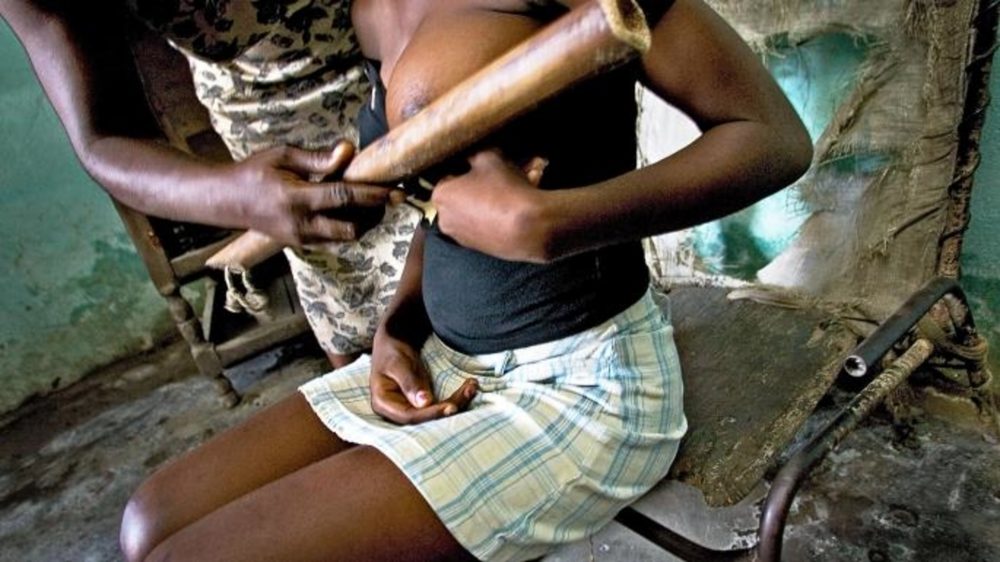Child Rights

Thirty years after global leaders adopted the Convention on the Rights of the Child, millions of children lack rights and protections needed to thrive.
Thirty years after global leaders promised to protect the rights of all children, millions are not in school, face poverty, exploitation, violence, neglect, and abuse. Thirty years of child rights, and the unfinished agenda, says it is time for the global community to fulfil the broken promises of the UN Convention of the Rights of the Child (UN CRC).
Fighting for Child Rights
There has been remarkable progress for children since the adoption of the Convention on the Rights of the Child, but we cannot overlook the millions who have been left behind. It is the most vulnerable children the world overlooks – those facing extreme poverty, the young living in fragile states, refugees, and children with disabilities. When it comes to translating commitments into lasting change, we have fallen short and we must do better. This is a moral, legal and economic failure that the world can ill afford.
Lack of investment in children
Global statistics reflect the challenges that remain. Each year:
- Over 5 million children die from preventable causes, and nearly half of these deaths are attributable to undernutrition;
- 95,000 children a year – 70% of them boys – are murdered, and 15 million adolescent girls report experiencing forced sex;
- And 64 million children lack access to primary education.
The key factors that contribute to the gaps in progress, including a lack of investment in services that are critically important for children. For example, most countries fall well short on spending the 5-6% of GDP to ensure universal coverage of essential health care. And foreign aid, which many of the poorest countries rely on, is falling short in critical areas such as health and education.
Another factor is the lack of quality data. Governments tend to rely on data that reflects national averages, making it difficult to identify the needs of specific children and to monitor progress. Disaggregation of data by gender, age, disability and locality, is increasingly important as many rights violations are concentrated amongst disadvantaged groups of children.
Governments must listen to children
AHO is calling on governments to embrace and act on all parts of the Convention on the Rights of the Child. This must include:
- Implementing legislation, policies, budgets, and programmes that are inclusive of all children;
- Promoting the rights of all marginalised children and championing gender equality;
- And supporting children’s meaningful participation and upholding their rights to freedom of expression and opinion.
Giving children a real voice and listening to and heeding their views will be crucial for progress. Children are still widely treated as passive recipients of decisions taken by adults, despite that fact that children’s right to participate is one of the core principles of the UN CRC. Barriers exist at every level of society, from a lack of recognition in law and policy; limited adult capacity to facilitate child participation in meaningful ways; and a lack of access to justice for children needing to challenge violations of their rights.

